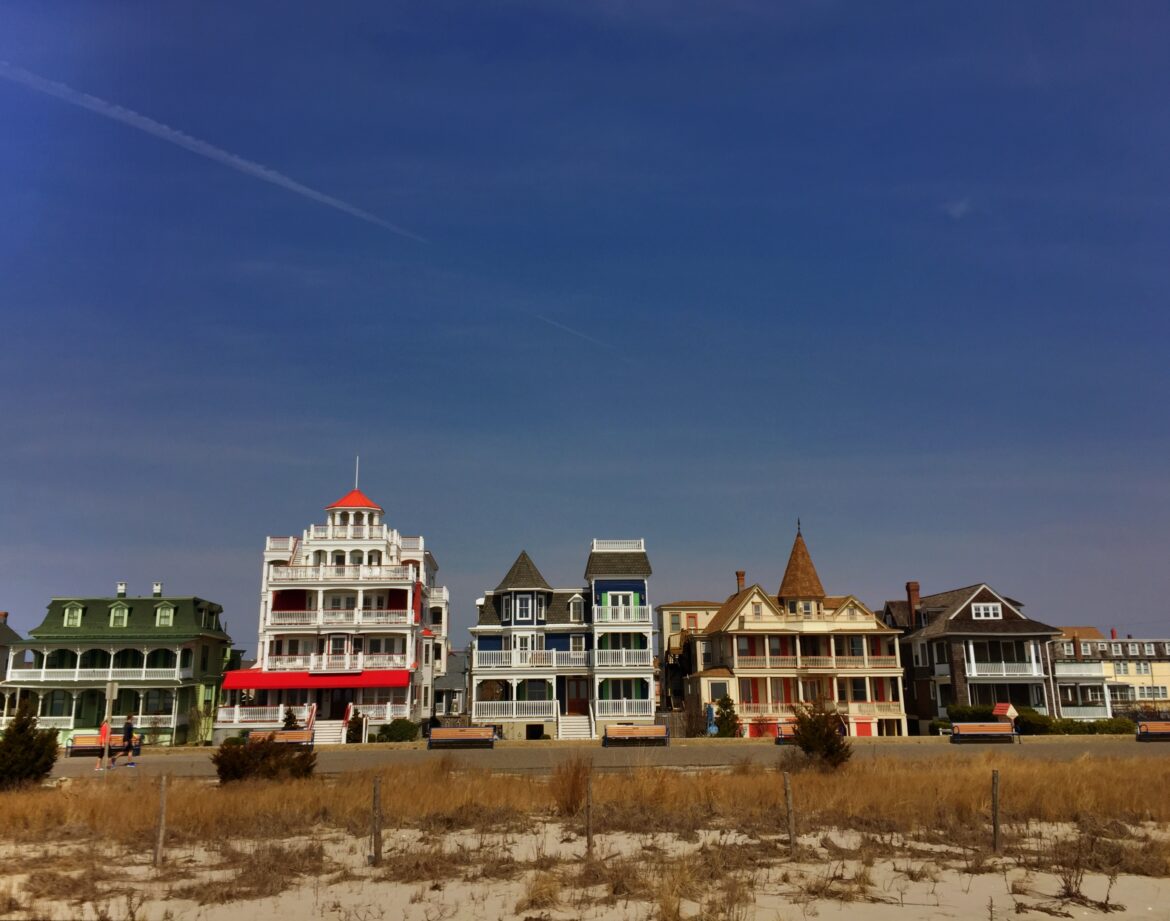The History of Cape May
Cape May, located on the southern tip of New Jersey’s Cape May Peninsula, is a historic seaside resort town with a rich and fascinating history dating back centuries. From its early days as a Native American fishing village to its rise as one of America’s premier vacation destinations, Cape May’s story is woven with tales of exploration, industry, and cultural significance. Here’s a brief overview of the history of Cape May:
Early History:
- Native American tribes, including the Lenni Lenape, inhabited the area that would become Cape May long before European settlers arrived. The region’s abundant natural resources, including fish, shellfish, and game, made it an ideal location for hunting, fishing, and gathering.
- In the early 17th century, Dutch and Swedish explorers began to explore the coastal regions of what is now New Jersey. They established trading posts and settlements along the Delaware River and its tributaries, interacting with the Native American inhabitants.
- The first recorded European exploration of Cape May occurred in 1609 when English navigator Henry Hudson sailed past the peninsula while searching for a Northwest Passage to Asia. Dutch and Swedish settlers followed in the subsequent decades, establishing small communities along the coast.
Colonial Era:
- In 1620, the Dutch West India Company established a trading post near present-day Cape May, known as “Schreyer’s Hoek” (Scherers Hook). However, it was abandoned a few years later due to conflicts with Native American tribes and the harsh coastal environment.
- In 1638, the Swedes established a settlement called “New Sweden” near present-day Wilmington, Delaware, further south along the Delaware Bay. The Dutch later captured New Sweden in 1655, extending their control over the region.
19th Century:
- Cape May began to develop as a resort town in the early 19th century, attracting wealthy visitors from Philadelphia and other nearby cities seeking relief from the summer heat and access to the area’s scenic beaches.
- The construction of the Cape May Canal in 1834 provided a direct water route from Delaware Bay to the Atlantic Ocean, facilitating trade and commerce in the region.
- In 1850, Cape May was officially incorporated as a borough, solidifying its status as a growing community and tourist destination.
- The construction of grand Victorian-style hotels and cottages in the mid-19th century transformed Cape May into a fashionable resort town, earning it the nickname “The Queen of the Seaside Resorts.”
20th Century:
- Cape May continued to thrive as a popular vacation destination throughout the early 20th century, attracting visitors from across the country with its scenic beauty, historic charm, and seaside attractions.
- In the mid-20th century, the advent of automobile travel and the construction of highways and bridges made Cape May more accessible to tourists, further fueling its growth and development.
- In 1976, Cape May was designated a National Historic Landmark District in recognition of its well-preserved collection of Victorian-era architecture, making it one of the largest such districts in the United States.
Modern Era:
- Today, Cape May remains a beloved vacation destination and a living museum of American history and architecture. Visitors can explore its historic streets, tour its beautifully preserved Victorian homes, and enjoy its scenic beaches, restaurants, and attractions.
- Cape May’s rich cultural heritage, natural beauty, and vibrant community continue to attract visitors year-round, ensuring that its storied history will endure for generations to come.
From its early days as a Native American fishing village to its emergence as a fashionable seaside resort town, Cape May’s history is a testament to the enduring spirit of exploration, innovation, and cultural exchange that has shaped the American experience.


